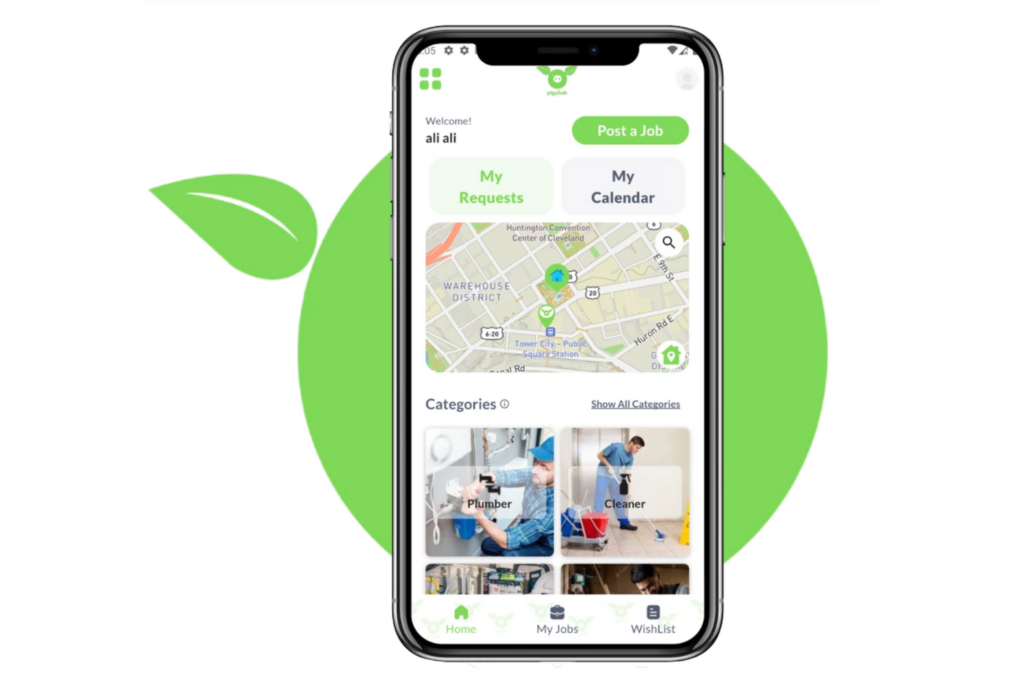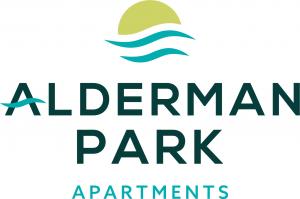Abbas Mohammed.711 LAC-REIA logo Announcing Workshop on Multi-Residential Investing LOS ANGELES, US, UNITED STATES, June 19, 2024 /EINPresswire.com/ — The Los Angeles County Real Estat...
Micro-Communities Reshape Construction and Trade Networking




“For every 50 contractors that retire, only seven enter the workforce. And in 2025, we’re facing a 50,000 employee labor shortage across the US,” explains Shanna Greathouse, Founder and CEO of pigybak, a platform connecting local contractors with nearby projects.
This stark reality is driving an innovative response: micro-community networks that are changing how construction and home improvement services operate at the local level.
The Perfect Storm: Labor Shortages Meet Suburban Boom
The construction industry’s workforce crisis couldn’t come at a worse time. Demand is skyrocketing, particularly in rapidly expanding suburban areas across America. In Celina, Texas, the population has grown from 8,000 to 54,000 in just a decade, making it the fastest-growing city in America. Princeton, Texas has seen its population quintuple in just 12 years.
This growth pattern is creating enormous demand for construction services in areas that often lack established trade networks. Compounding the problem is a geographic disconnect between where work is needed and where skilled tradespeople live.
“Tradespeople typically cannot afford living in the city, so they live about 30 miles away. Finding someone to complete a small job is nearly impossible,” Greathouse notes.
The Micro-Community Solution
This challenging landscape has given rise to a new approach: micro-community networks that connect homeowners and contractors within specific geographic areas, creating efficiency through proximity and shared resources.
“We’re rebuilding communities one home at a time, turning neighborhoods into networking powerhouses that provide purchasing power,” says Greathouse.
This model represents a significant shift from traditional contractor-finding services. Rather than simply matching homeowners with available professionals regardless of location, micro-community networks prioritize proximity, allowing contractors to cluster their work geographically and homeowners to benefit from shared resources.
Tangible Economic and Environmental Benefits
The economic advantages are substantial. According to Greathouse, “One contractor on our platform for the full year can improve their profitability by up to 12% and their revenue by up to 30%.”
These gains come primarily from reduced travel time, more efficient scheduling, and resource sharing across nearby projects.
“A great example is our current work with concrete companies,” Greathouse explains. “Instead of ordering what you hope is enough concrete for one job and disposing of the excess, contractors can complete a shed next door at the same time.”
The environmental impact is equally significant. With 3.2 million small contractors (those with fewer than five employees) in the US, more efficient routing and resource sharing could offset carbon emissions equivalent to “planting one Yosemite National Park every single year,” according to Greathouse.
Building Community Through Trade Networks


Beyond the practical benefits, these micro-community networks foster stronger local connections—particularly valuable in rapidly growing areas where neighbors may not have established local relationships.
“Our first partner was a nonprofit. That’s really important to us—5% of our revenue goes to nonprofits that support community development and trades education,” Greathouse shares.
This community-building aspect addresses a critical need in fast-growing suburbs where many residents are transplants from other states who lack local knowledge and connections.
Market Opportunity in a Fragmented Industry
The construction and home services industry remains highly fragmented, creating space for innovative approaches. “It’s a very disconnected market. Everyone can have a piece of the pie, and everyone is very niched,” notes Greathouse.
This fragmentation is reflected in the market capitalization of even established players. “Even Angie is no longer a $2 billion company, and it’s a $600 billion industry,” Greathouse points out.
The micro-community model addresses this fragmentation by creating localized networks that function effectively regardless of scale. “We were very intentional about having something that delivers value on both sides, regardless of marketplace fluctuations,” explains Greathouse.
The Future of Local Construction Networks
As suburban growth continues across America, the micro-community model offers a promising solution to several interconnected challenges:
- Maximizing efficiency of existing contractors to address the labor shortage
- Reducing travel time and costs in sprawling suburban areas
- Creating environmental benefits through resource sharing and reduced emissions
- Building community connections in areas with many new residents
- Providing economic opportunities for small, local contractors
For homeowners, the benefits include faster service, potentially lower costs, and access to reliable local networks. For contractors, the model offers increased efficiency, higher profitability, and more predictable work patterns.
These micro-community approaches represent a meaningful evolution in construction service delivery across America’s rapidly expanding suburban landscape—creating substantial benefits for contractors, homeowners, and communities alike.
Similar Articles
Explore similar articles from Our Team of Experts.


CAMPBELL RIVER, British Columbia, July 18, 2024 (GLOBE NEWSWIRE) — Today, the Rental Protection Fund (the Fund) announces the acquisition of nine properties across Vancouver Island by ...


NEW YORK, Oct. 11, 2024 (GLOBE NEWSWIRE) — Greystone, a leading national commercial real estate finance firm, announced it ranks #1 based on dollar volume of multifamily and healthcare...


TORONTO, Nov. 21, 2024 (GLOBE NEWSWIRE) — “Yesterday, the Government of Ontario introduced the Cutting Red Tape, Building Ontario Act, 2024 within their Fall 2024 Red Tape Reduction ...


Alderman Park Apartments New Logo Renovation plans include repainting, re-asphalting, and updating existing amenities. JACKSONVILLE, FL, US, July 8, 2024 /EINPresswire.com/ — ResProp M...




